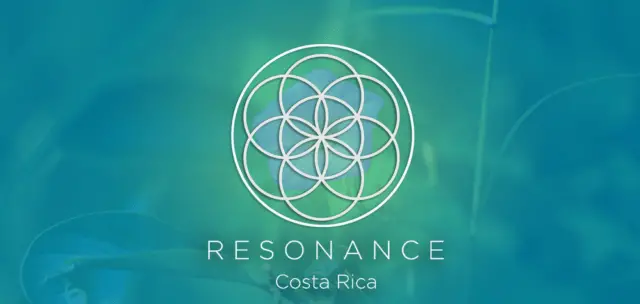Since the early past Tuesday morning, the Poás Volcano crater has been experiencing explosions every two minutes, accompanied by columns reaching up to 500 meters in height. The eruptions are audible from the National Park viewpoint, where rocks can also be heard falling into the crater.
According to the Volcanological and Seismological Observatory (OVSICORI), activity remains in the moderate explosive range, with a constant presence of ash and gases. Furthermore, the ash being ejected is now dry, allowing it to travel further, propelled by the winds.
“This past Tuesday, the plume was heading toward the communities of Grecia and Sarchí, so residents may have noticed an increase in ash in the air, as well as the characteristic smell of sulfur,” said Ovsicori.
Gases and Incandescence
Furthermore, the volcano maintains a constant emission of gases. On Sunday alone, experts recorded more than 2,200 tons of sulfur dioxide (SO₂) released into the atmosphere. “This situation represents a significant accumulation and demonstrates the internal pressure of the volcanic system,” the experts believe.
Volcanic system remains very active
According to Ovsicori specialists, this combination of frequent eruptions, dry ash, and high degassing indicates that the system remains very active and conditions that must be closely monitored.
According to Geoffroy Avard, a volcanologist at Ovsicori, the incandescent blocks observed during the eruptions are recorded thanks to the surveillance camera located on the mountain range.
“This camera switches to infrared mode at night, allowing it to detect temperatures that the human eye couldn’t see,” the expert explained. Avard explained that the human eye only perceives the incandescent glow of a block when it reaches 600 degrees Celsius, while molten rock, or lava, is found at temperatures of 850 degrees Celsius and above.
“However, the camera can detect blocks at temperatures of 250 or 300 degrees Celsius, indicating that the temperatures of the ejected materials are lower than one might think,” he added.

